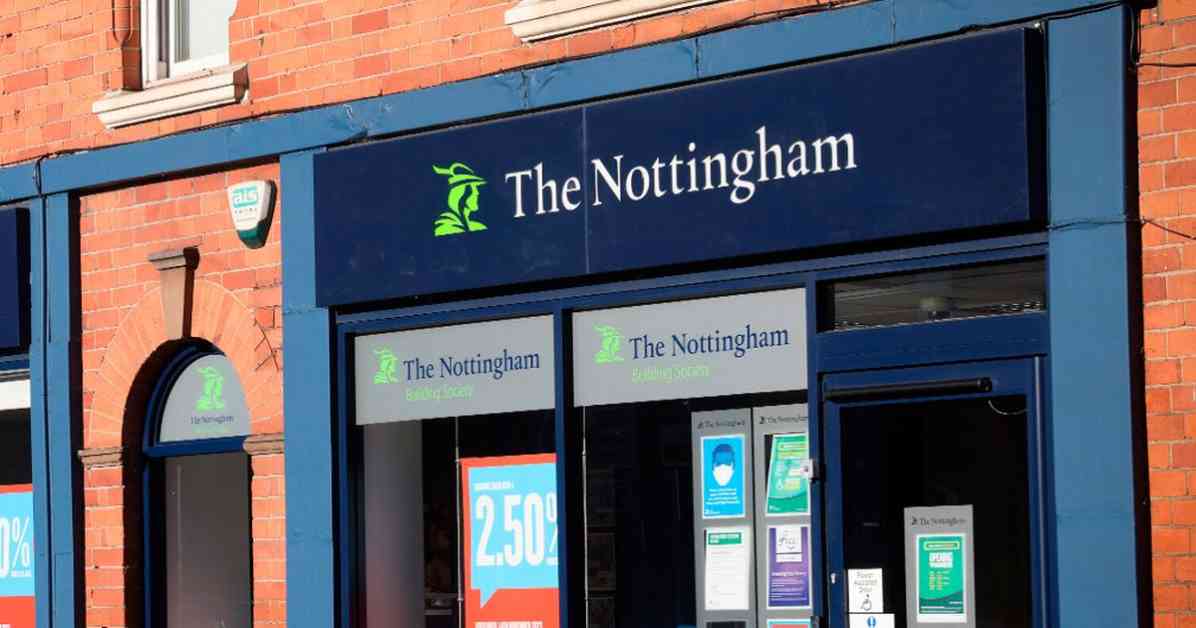The Nottingham Building Society recently made a significant change by saying goodbye to its iconic Robin Hood logo and introducing a new modern rebrand in an attempt to promote inclusivity. The company claims that the updated branding reflects its commitment to inclusivity, progress, and community, aiming to better represent society as it is today.
The new branding features the name ‘Nottingham Building Society’ in bold black type against a vibrant mint green background. However, the reaction from customers, especially on social media platforms like X (formerly Twitter), has been largely negative. Some customers expressed their preference for the old logo, questioning the need for such a drastic rebrand after 175 years of operation.
Critics, including Sir Alec Shelbrooke MP and Brendan Clarke-Smith, have pointed out the significance of the Robin Hood figure in English folklore and Nottingham’s history. They believe that removing the iconic symbol could disconnect the building society from its local roots and heritage. The local newspaper editor, Natalie Fahy, also criticized the decision, accusing the company of abandoning its ties to the city and the legend that shaped its identity.
Despite the backlash, Nottingham Building Society defended its rebranding strategy, emphasizing its commitment to inclusivity and celebrating financial diversity. The company stated that the new branding represents a blend of its rich history with a modern twist, aiming to stay relevant and appealing to current and future members.
While the debate continues over the removal of the Robin Hood logo, Nottingham Building Society reassured customers that it remains rooted in its history and values, with a focus on meeting the evolving financial needs of its members. The company’s spokesperson highlighted the importance of adapting to changes in the financial landscape while staying true to its Nottingham heritage.
In conclusion, the rebranding of the Nottingham Building Society has sparked controversy and divided opinions among customers and critics. While some view it as a necessary step towards modernization and inclusivity, others believe it erases the company’s unique connection to its local history. As the debate unfolds, the building society remains committed to evolving and meeting the diverse needs of its members in a changing financial landscape.

